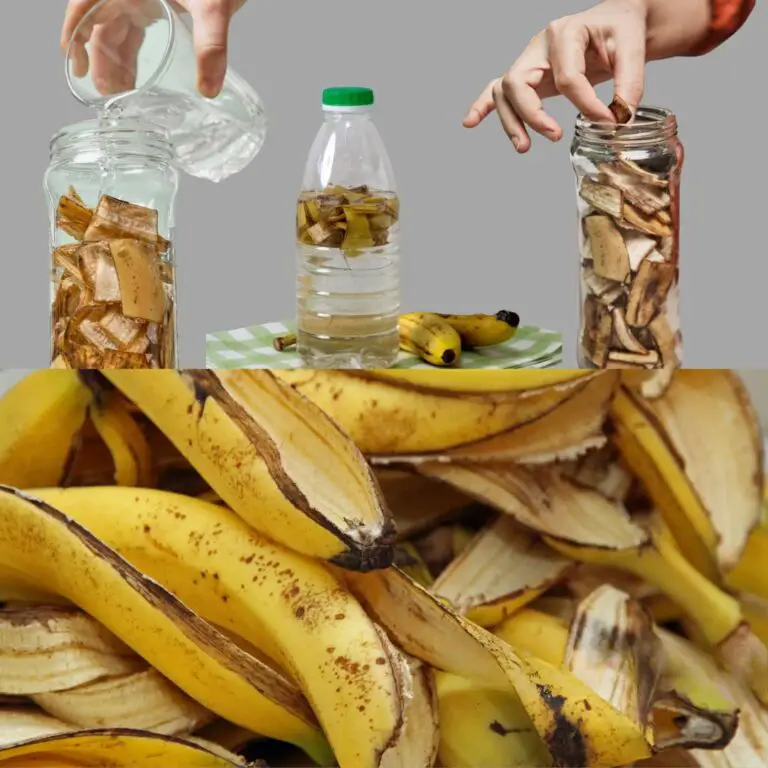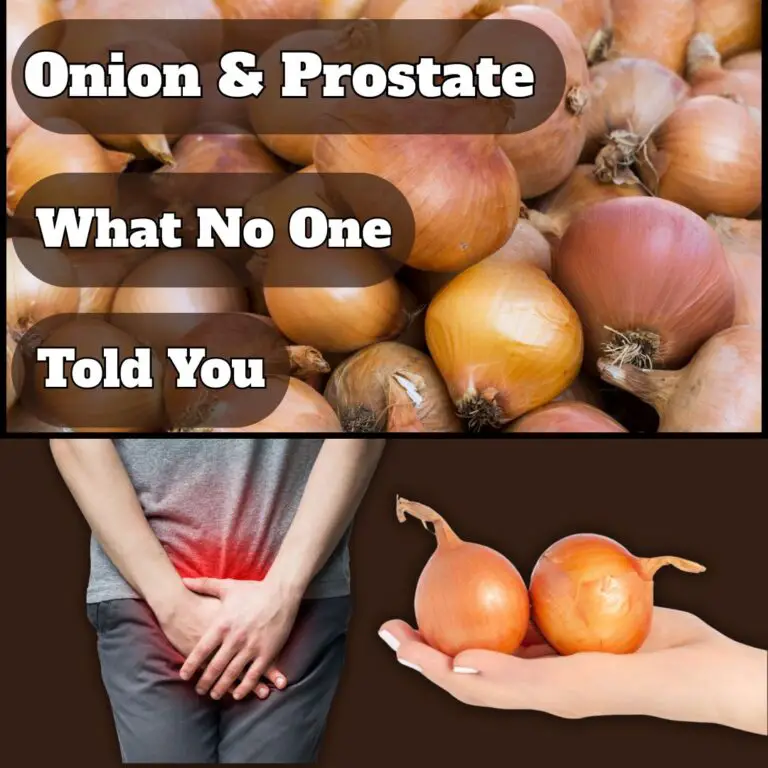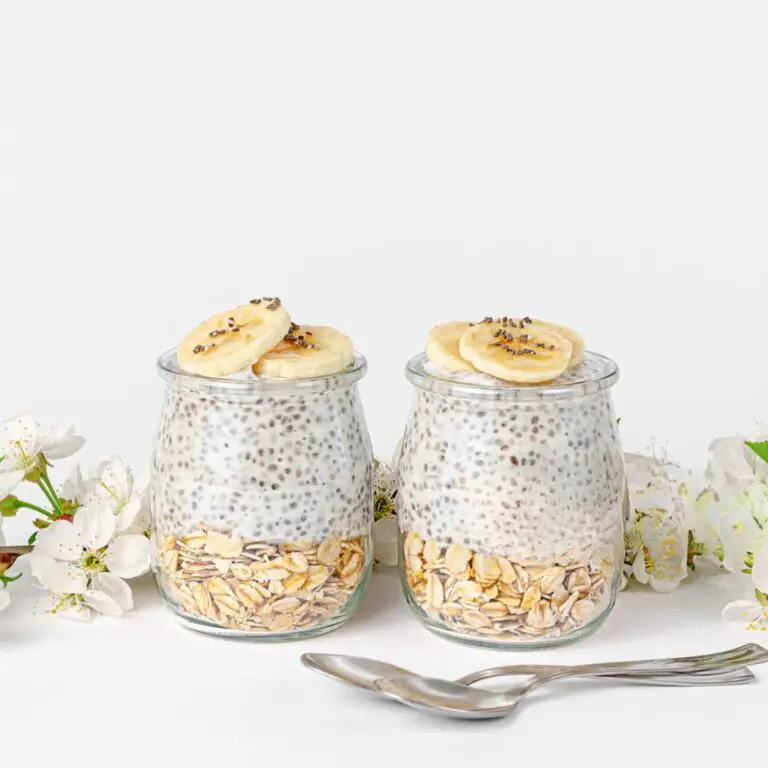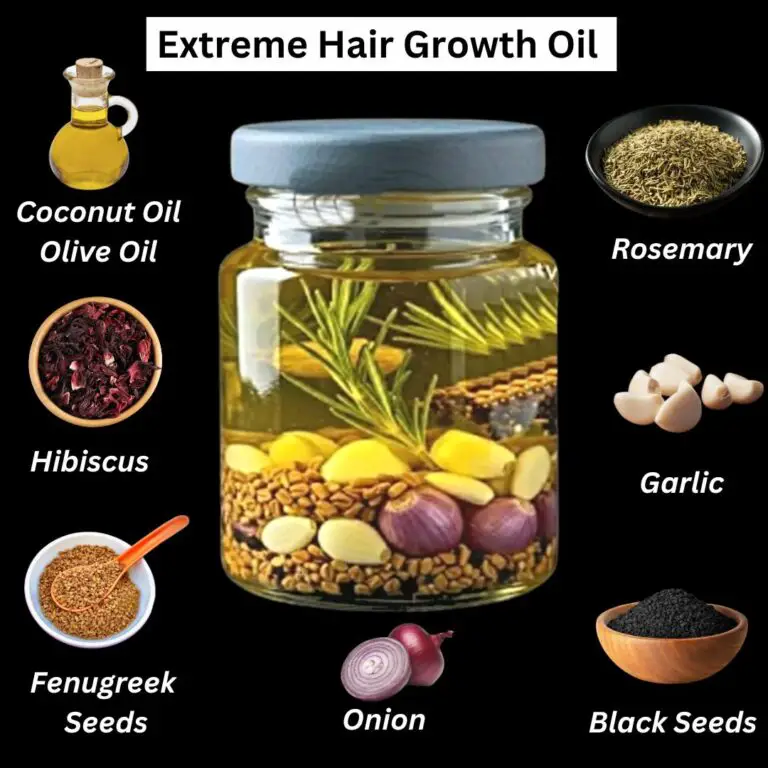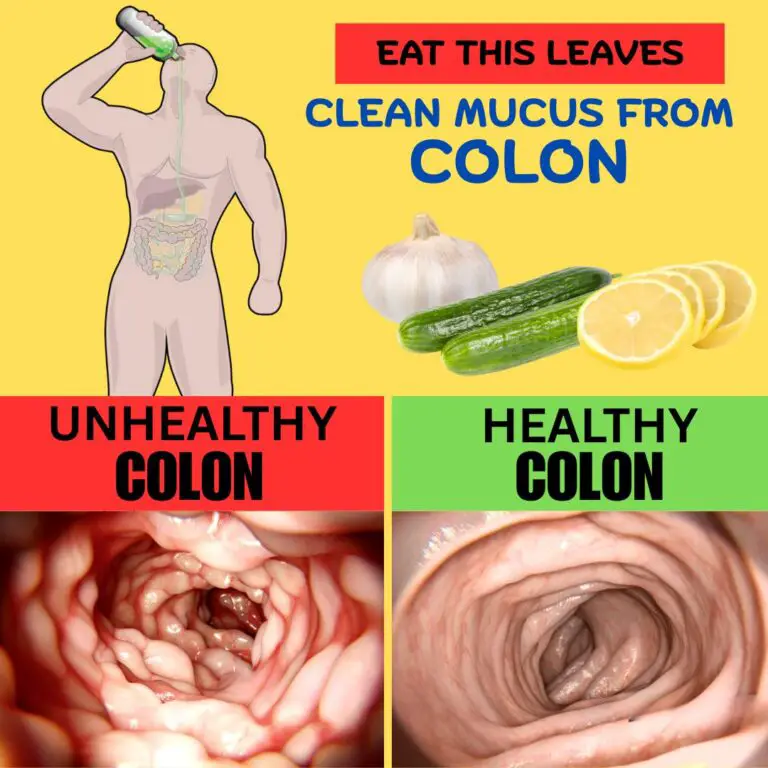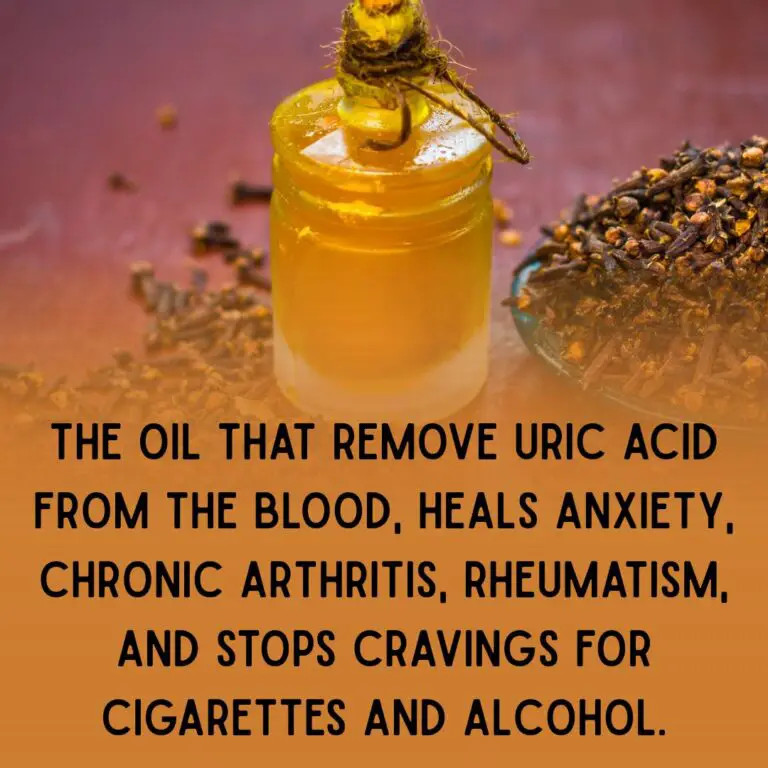Teeth Whitening at Home in a Natural and Effective Way in Two Minutes for a Bright Smile
Introduction
A radiant smile can instantly boost your confidence, making you feel more attractive and approachable. Yet, many people struggle with stained or yellow teeth due to factors like coffee, tea, smoking, or simply aging. While professional dental treatments are effective, they can be expensive and time-consuming. What if you could brighten your smile naturally and effectively at home in just two minutes?
This guide unveils a simple, safe, and proven method to whiten your teeth using everyday ingredients. You’ll discover how to achieve noticeable results quickly without harsh chemicals or costly products. Plus, the technique is easy to incorporate into your daily routine, offering a natural glow that feels fresh and authentic.
If you want to learn more about the causes of teeth discoloration and how to maintain oral health, the American Dental Association offers a comprehensive resource on teeth whitening facts and safety.
Why You’ll Love This Natural Teeth Whitening Recipe
What makes this whitening method so special is its simplicity combined with natural power. Unlike many commercial whitening kits packed with peroxide and artificial additives, this recipe harnesses the gentle abrasiveness of baking soda alongside the antibacterial and stain-fighting properties of natural lemon juice or activated charcoal, depending on your preference.
You’ll love how quickly it works—just two minutes per session—and how it fits effortlessly into your morning or evening routine. It’s budget-friendly, easy to prepare, and uses ingredients you likely already have at home. Plus, the method respects your enamel and oral microbiome when used correctly, leaving your teeth bright without sensitivity or irritation.
For more natural beauty tips, you might want to explore our DIY organic skincare recipes to complement your healthy smile.
Ingredients
This effective whitening recipe requires only a few natural ingredients:
- 1 teaspoon baking soda (sodium bicarbonate) — a gentle abrasive that helps remove surface stains.
- 1 teaspoon fresh lemon juice (or freshly squeezed) — natural bleaching agent with antibacterial properties.
- Optional: a pinch of activated charcoal powder (for enhanced whitening and toxin absorption).
- Optional: a few drops of coconut oil (to add moisturizing benefits and reduce sensitivity).
Make sure all ingredients are fresh and food-grade to ensure safety and efficacy.
Necessary Tools
Preparing and applying your natural teeth whitening mixture requires minimal tools:
- Small mixing bowl or cup
- Measuring spoons
- Soft toothbrush or a finger for gentle application
- Timer or stopwatch to track the two-minute application
- Clean water for rinsing
If you want to upgrade your routine, consider using a soft-bristled electric toothbrush, which can improve stain removal without damaging enamel. For recommendations, check out Consumer Reports’ best electric toothbrushes.
Ingredient Swaps and Additions
You can customize this recipe to suit your preferences or enhance its effects:
- Substitute lemon juice with orange juice or apple cider vinegar for a milder bleaching effect.
- Use activated charcoal powder alone for a toxin-absorbing whitening paste.
- Add a drop of peppermint essential oil to freshen breath and add a cooling sensation.
- Swap coconut oil for olive oil or sesame oil if you prefer oil pulling for oral detoxification.
For those who want to avoid citrus acids, oil pulling with coconut oil is a great alternative to naturally whiten teeth and improve gum health, as highlighted by the National Center for Complementary and Integrative Health.
Step-by-Step Instructions
Step 1: Mix Ingredients
In your small bowl, combine 1 teaspoon of baking soda with 1 teaspoon of fresh lemon juice. Stir until you create a paste. If using activated charcoal, add a pinch and mix well. Optionally, add a few drops of coconut oil.
Step 2: Apply the Paste
Using a soft toothbrush or your finger, gently apply the paste to your teeth. Focus on the front teeth where stains are most visible.
Step 3: Let It Sit
Allow the paste to sit on your teeth for two minutes—this is enough time for the natural bleaching agents to work without harming enamel.
Step 4: Rinse Thoroughly
Rinse your mouth with lukewarm water several times to ensure all paste residues are removed. Brush your teeth normally afterward to remove any lingering particles.
Step 5: Repeat Regularly
For best results, repeat this treatment 2–3 times per week. Avoid daily use to protect your enamel from abrasion.
Pro Tips for Success
- Always use fresh lemon juice—pre-packaged juice lacks potency and contains preservatives.
- Do not swallow the mixture, as lemon juice is acidic and baking soda is alkaline.
- Avoid overuse: more than 3 times weekly can cause tooth sensitivity.
- Follow up with a fluoride toothpaste to remineralize enamel.
- Combine this routine with regular professional dental cleanings for optimal oral health.
- Avoid consuming stain-causing foods and beverages (like coffee or red wine) immediately after whitening.
- Drink plenty of water to wash away acids and pigments that cause staining.
Serving Suggestions
Since this is a whitening paste, the “serving” is actually applying it correctly and safely. However, you can incorporate this into a broader oral care routine:
- Use after your morning coffee to counteract stains.
- Combine with a fresh mint mouthwash for a refreshing finish.
- Follow with oil pulling (swishing coconut oil) to further detoxify your mouth.
- Pair with a daily tongue scraper to remove bacteria and enhance freshness.
Storing and Reheating
This whitening paste is best made fresh each time to ensure maximum potency and safety. However, if you prepare a larger batch, store it in a small airtight container:
- Keep refrigerated and use within 2 days.
- Stir before each use as ingredients may separate.
- Do not heat or microwave the paste; this will degrade the natural enzymes and acids.
Nutritional Information
While this is a topical application rather than a consumable recipe, it’s important to understand what each ingredient offers:
- Baking soda: Alkaline compound that neutralizes acids, gently polishes teeth, and combats bad breath.
- Lemon juice: Rich in vitamin C and natural acids that break down stains and reduce bacteria.
- Activated charcoal: Highly porous, absorbs toxins and surface stains.
- Coconut oil: Contains lauric acid with antimicrobial properties and helps soothe gums.
Together, these ingredients create a safe, natural whitening blend without harmful chemicals.
FAQs
1. Is this whitening method safe for sensitive teeth?
Yes, if used no more than 2–3 times per week. Always rinse well and avoid scrubbing aggressively.
2. How soon will I see results?
Many users notice brighter teeth after the first few applications, but consistent use over 2–4 weeks yields best results.
3. Can I use this daily?
Daily use is not recommended due to the acidity of lemon juice and abrasiveness of baking soda, which can erode enamel.
4. Will this remove deep stains?
It mainly removes surface stains; for deeper discoloration, professional treatments may be necessary.
5. What if I have dental restorations (crowns, veneers)?
These ingredients do not whiten artificial materials. Consult your dentist before use.
Conclusion
Achieving a brighter, whiter smile naturally at home doesn’t have to be complicated or expensive. This easy two-minute teeth whitening recipe combines safe, natural ingredients that effectively remove surface stains, freshen breath, and promote oral health. By integrating this routine a few times a week, you’ll enjoy a more radiant smile and renewed confidence without harsh chemicals or costly treatments.
For more natural beauty and health tips, explore our DIY natural skincare routines and embrace a holistic lifestyle that shines inside and out.


